When people think of Frankenstein, they think of a monster with a flat head and bolts coming out of his neck. When people are choosing what a vampire sounds like, they choose a heavy Hungarian accent. These traits both come from the same franchise and company, Universal Monsters, also known as the first cinematic universe, featuring over 20 movies. This franchise alone changed society’s perception of horror.
Dracula – Public Domain Photo

Carl Laemmle Jr. was the nephew of Universal’s founder, Carl Laemmle. He had an enjoyment for horror, but his father did not, so it took a while to convince him that it’d be a good success for the studio. They worked for years to get the rights to the novel, originally meant to be a big motion picture. Due to the sudden stock market crash of 1929, the budget had to decrease significantly, forcing them to do the 1927 stage play instead. It is unconfirmed if Lon Chaney was truly meant to play the count. However, it was not unlikely since he and Tod Browning had worked together frequently during the silent era.
It was a true struggle picking the cast. Bela Lugosi was fighting hard for the title role, but Laemmle didn’t think he was the right fit. Ironically, Lugosi was a major hit on Broadway for playing the Count in the stage play they were adapting for the movie. Bernard Jukes was also campaigning hard for the madman Renfield, who was made famous for portraying him alongside Lugosi in the play. Ultimately, he “lost” to the famous Broadway actor Dwight Frye. It is unknown as to why Browning and Laemmle chose Frye, considering he was known for comedy, but to the contrary belief Frye’s son said it was likely because of his role as Vint Glade in WB’s “Man to Man.” Lew Ayres from the Oscar-winning picture “All Quiet on the Western Front” was chosen to portray Jonathan Harker; however, just a few months later, he would have to drop out due to his contract with another company, thus came David Manners. Helen Chandler was hand-picked by Browning after he saw her performance on Broadway. She spoke negatively of this role for years. Edward Van Sloan, Frances Dade, and Herbert Bunston would play supporting roles.
Despite the major catastrophe that was the production, it became a hit, influencing many movies and permanently changing the way society viewed vampires. Lugosi’s thick Hungarian accent and the outfit he wore for the movie would be the main trope for vampires. Lines from the film have also been referenced in almost every vampire film, such as Lugosi saying, ¨I never drink. Wine¨ when Renfield questions if he will be drinking with him as well. Dwight Frye’s performance as Renfield is arguably considered to be the best version of the character, causing film critics, such as Pauline Kael, to find themselves suddenly scared. Recently, a movie was made in dedication to him, named after his character in this movie, after many demanded more movies like Dracula.
Frankenstein and The Bride of Frankenstein – Public Domain photo
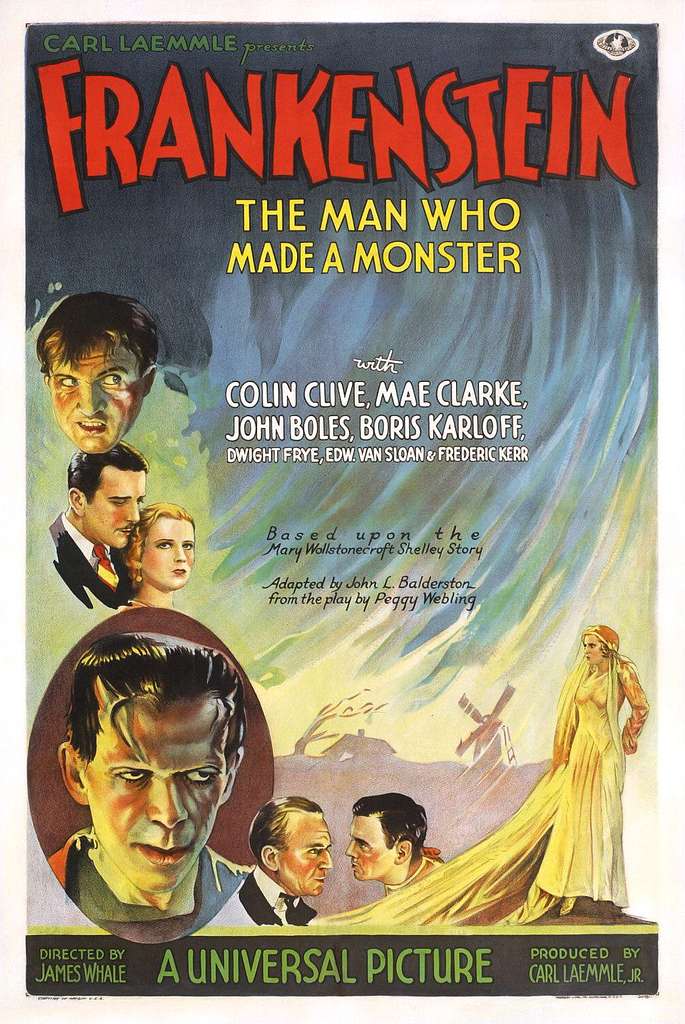
After the success of Dracula, Universal immediately thought to adapt another classic horror novel, this time it would be Frankenstein. With Lugosi’s sudden fame, they thought of using him to play the monster, and they bought the film’s other two stars, Dwight Frye and Edward Van Sloan. A test footage was shot with all 3 actors (now lost/destroyed). Lugosi told the producers that the role was far beneath him; he believed he was too great for a character who wasn’t meant to speak. They would put this idea on hold until English Director James Whale would come along and take on the project. Whale would still use Sloan and Frye, but change cinema history by choosing an unknown English actor named Boris Karloff. The iconic makeup was created by Jack Pierce, with sketches made by Whale, and some ideas pitched by Karloff himself. This would be even more of a hit than Dracula, so the company immediately started thinking of a sequel to write with James Whale still directing.
The “Bride of Frankenstein” would come out on April 20th, 1935, and change horror cinema with Elsa Lanchester’s iconic performance of the Bride and her overall appearance as a symbol of the movie. Colin Clive and Dwight Frye also changed pop culture by being the first Mad Scientist and Hunchaback trope. Colin Clive yelling “It´s Alive!” has been permanently associated with Frankenstein. The overall Frankenstein saga has changed film. For example, “Frankenstein Meets The Wolfman” was and still is the first ever movie to collide 2 universes.
Creature From The Black Lagoon – Public Domain Photo

The “Creature From the Black Lagoon” would be the company’s first original monster in years, using two actors for the title role. Ricou Browning would be used for the creature when the monster was in water, and Ben Chapman for the creature on land. The idea for this monster would come a whole decade before, in the early 1940s, when producer William Alland was eating dinner with some fellow movie producers when Mexican cinematographer Gabriel Figueroa told them a story about a half-man, half-creature who abducted a woman from a nearby village every year in the Amazon River. This film was featured in Billy Wilder’s 1953 film “The Seven Year Itch,” starring Marilyn Monroe, and has had countless remakes and references in movies.
The creature was designed by a woman named Millicent Patrick. Patrick’s design became so famous that she embarked on a tour to speak of it titled “The Beauty Who Created The Beast,” however, one of her male coworkers was jealous of her stardom he called it “The Beauty Who Lived With The Beast,” and fired her once she came back from her tour. Without Millicent the creature, most certainly wouldn’t have been as popular as he was in the 50s or now. Her color choices and sculpting helped make the movie what it was.
Honorable Mentions.

The companies didn’t invent horror, but they did help enlarge the genre to American audiences. Their other notable films include “Phantom of the Opera,” “The Man Who Laughs,” and “The Mummy.”
These movies each help shape the genre in their own way. “The Phantom of the Opera” uses one of the earliest methods of both the Jump scare and gothic cinema. It is also a faithful adaptation of Gaston Leroux’s novel, “The Man Who Laughs,” which was the main source of inspiration for the Joker from Batman. The original Mummy movie, made in 1932, has influenced tons of remakes. One is even being made right now. This franchise as a whole has had a huge influence on the DC/Marvel universe, and each actor on their own helped change horror.

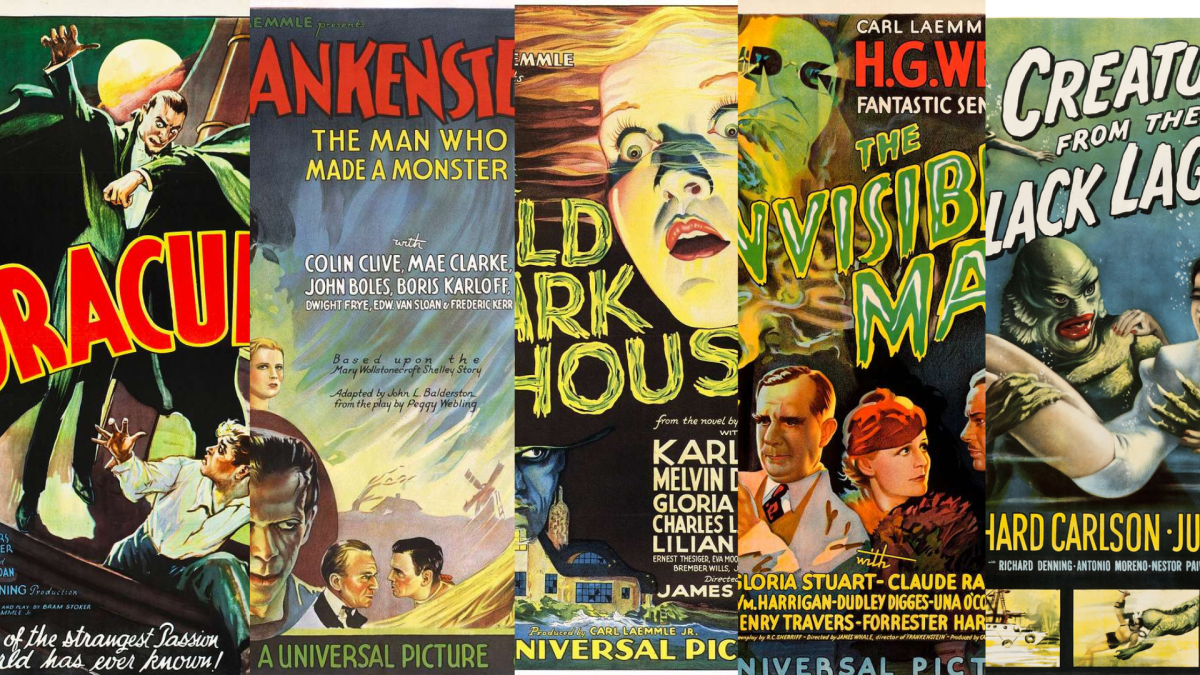

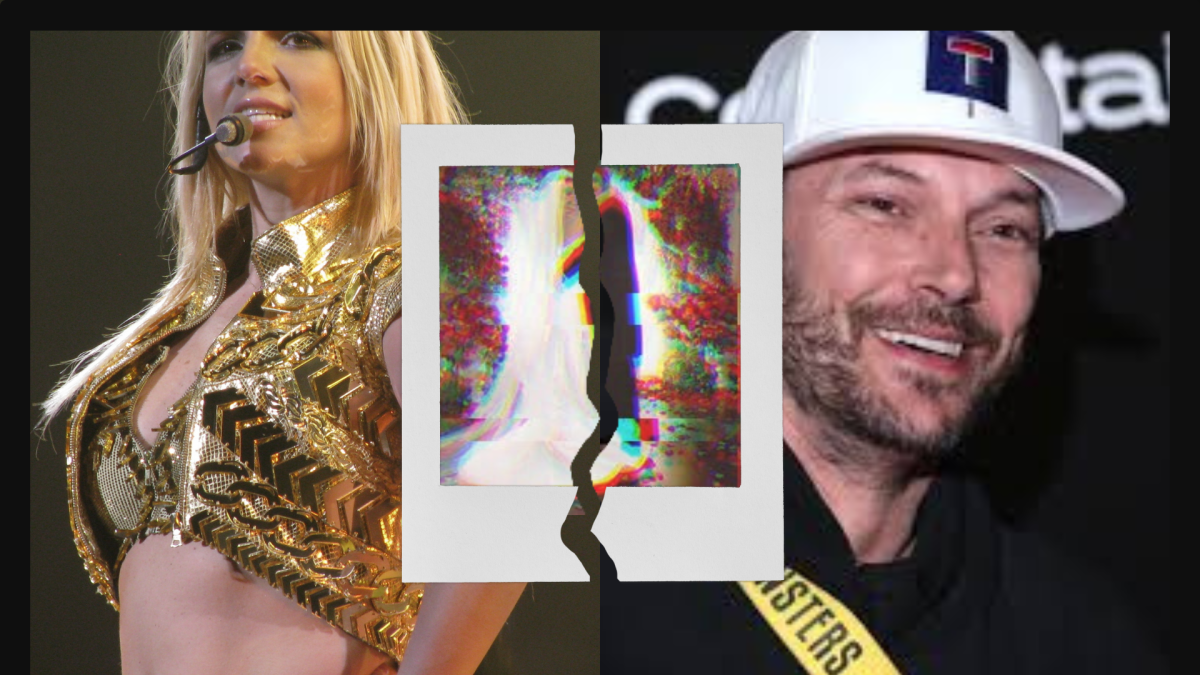
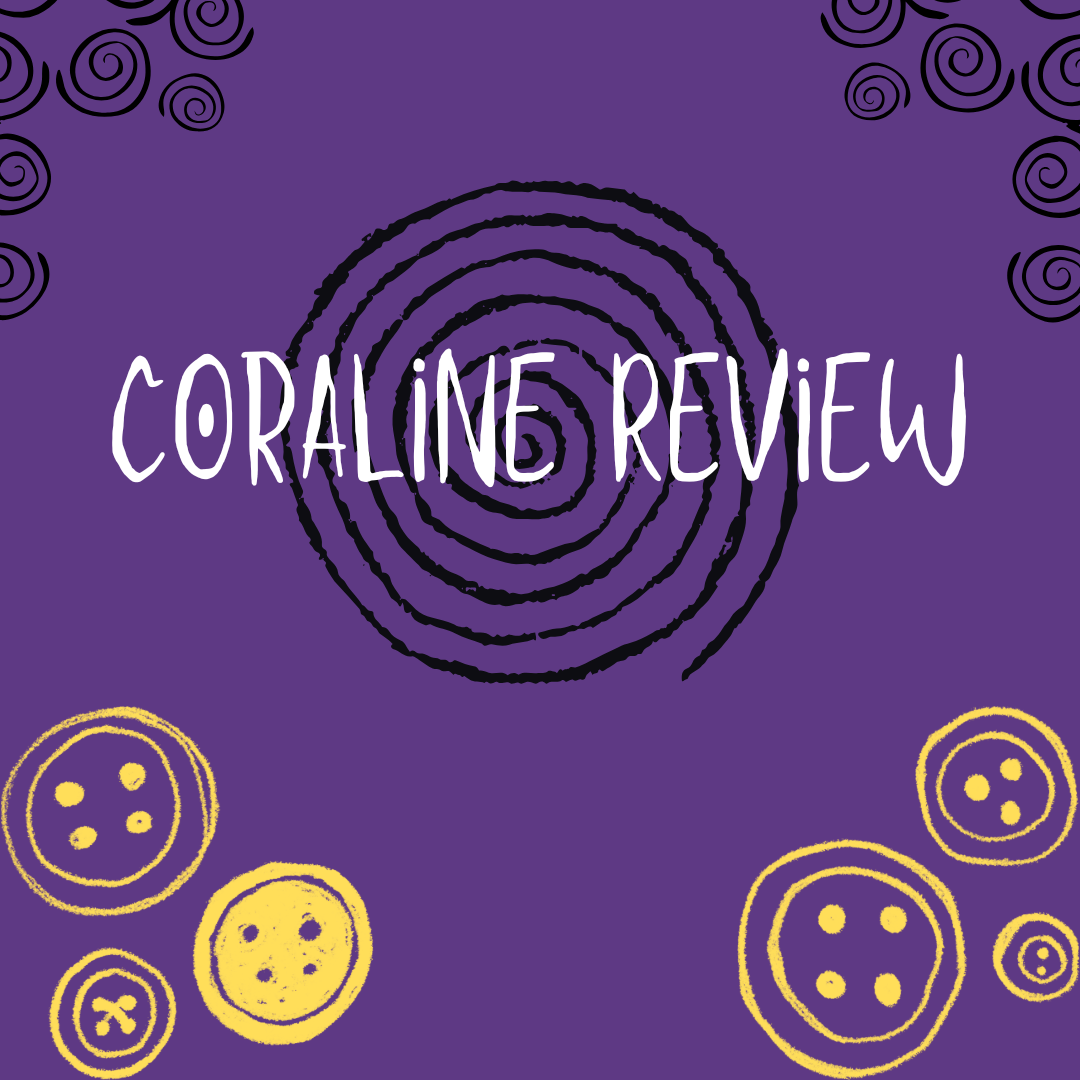

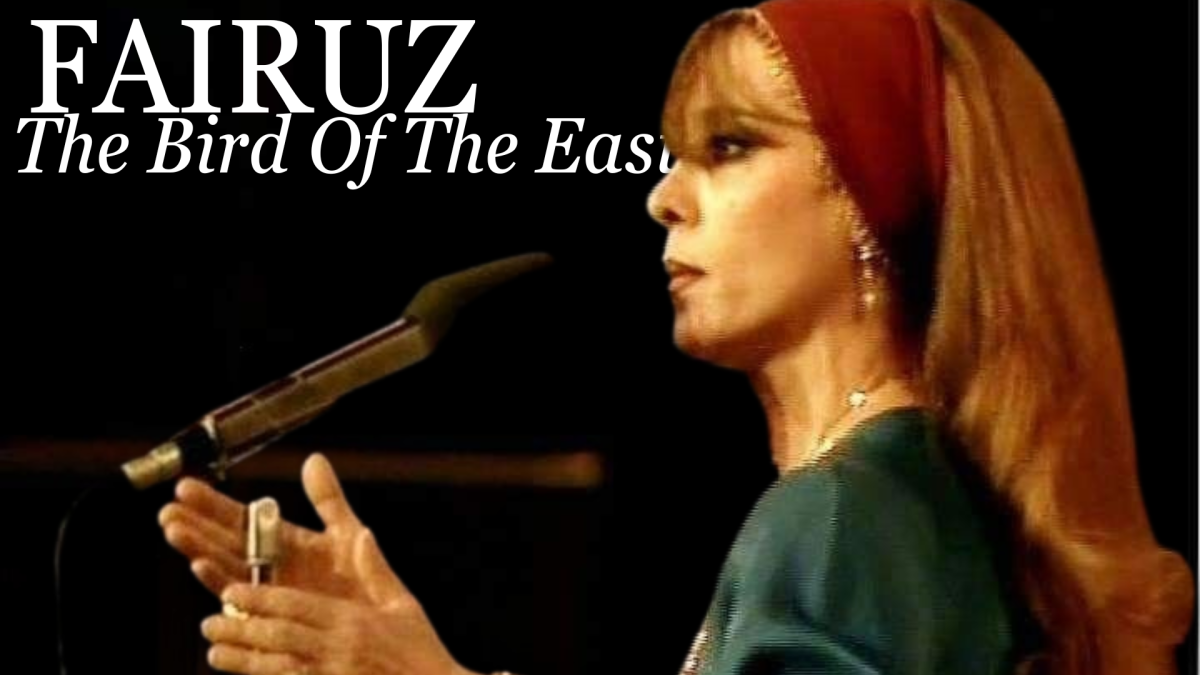


Don West • May 12, 2025 at 3:42 pm
I have always enjoyed the classic Universal monster films. As a boy, the were on TV every Friday night on Cleveland Ohio show, first Ghoulardi, then Hoolihan and BigChuck. As years went by, and the advent of VCRs and DVDs, I was able to build my library of classic films. So on a Friday night (or anytime) I could binch watch the great films and remember the good feelings of a little boy who sat up late to watch a classic.